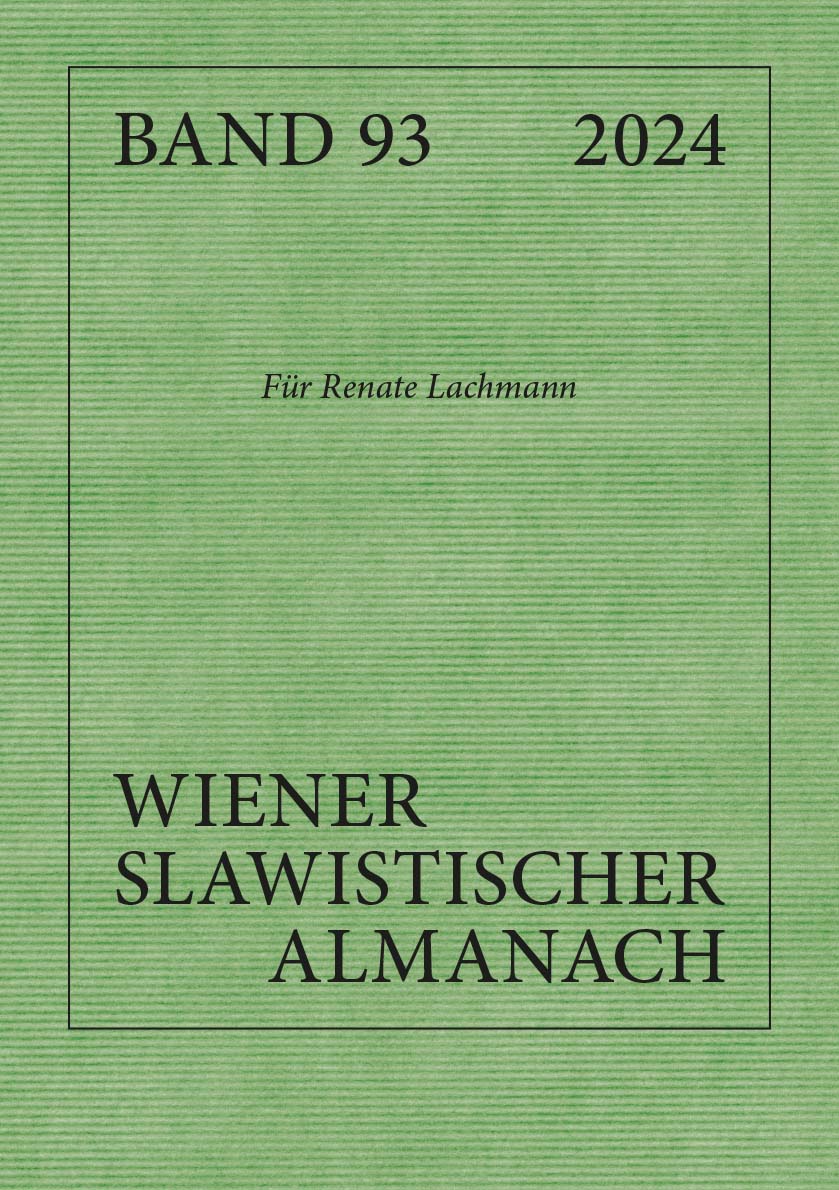Die Puppe als Reflexionsfigur (in) der (mitteleuropäischen) Moderne. Zu Bruno Schulzʼ „Traktat o manekinach“ („Traktat über die Schneiderpuppen“, 1934)
Veröffentlicht am 04.02.2025
Schlagwörter
- puppets,
- modernity,
- Bruno Schulz,
- Heinrich von Kleist
Abstract
In the context of Central European literature around 1900 and in the early twentieth century, the figure of the puppet emerges as a multifaceted representation, reflecting and encapsulating the complexities and ambiguities inherent to the modern condition. Puppets are particularly well-suited to serve as such a reflection figure due to their dual nature as seemingly animated beings, yet in fact merely enlivened objects. The mechanical composition of their limbs enables puppets to illustrate the duality inherent to the ongoing process of technical modernization, encompassing both its enhancements and its imminent estrangement. These aspects are already evident in Heinrich von Kleist’s essay Über das Marionettentheater (1810, On the Marionette Theatre), which was frequently invoked by artists in the early twentieth century. The article traces intertextual references to Kleist in Bruno Schulz’s Traktat o manekinach (“Treatise on tailor’s mannequins”) in his Sklepy cynamonowe (1934, Cinnamon Stores). In a manner similar to Kleist’s, it interlinks the profound challenges of modernity in a poetic manner, forging unexpected connections between them through the power of imagination. In both prose works, puppets serve as complex images, initiating processes of association and reflections. Like the puppets as their starting point, they are double-sided in themselves, laying bare their artificiality.
Zitationsvorschlag
Copyright (c) 2025 Irina Wutsdorff (Autor/in)

Dieses Werk steht unter der Lizenz Creative Commons Namensnennung 4.0 International.

